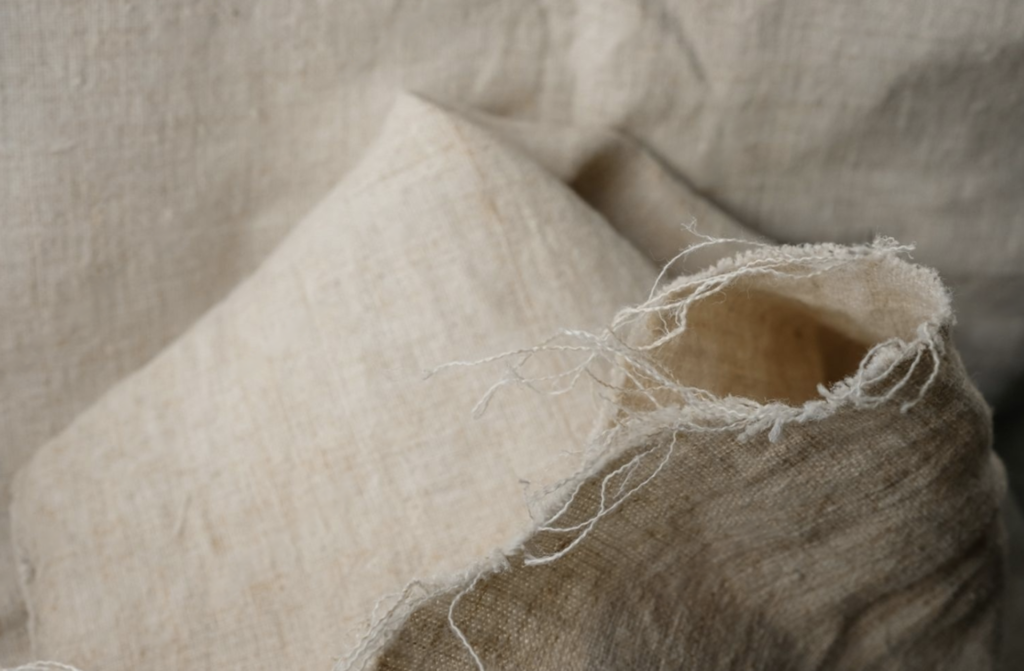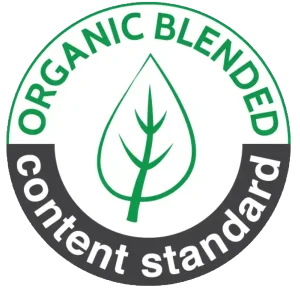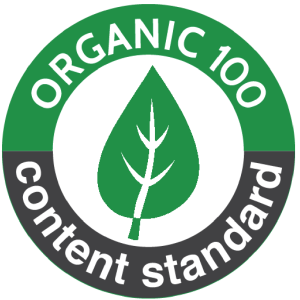What is antibacterial fabric? It is a type of fabric treated with special technology to kill or inhibit the growth of bacteria, mold, and odor. Unlike conventional fabrics, antibacterial fabric not only protects the user’s health but also extends the product’s lifespan, making it particularly suitable for medical, sports, everyday clothing, and environments prone to contamination.
So, how is antibacterial fabric treated? Let’s explore the 3 most advanced technologies today.
1. Nano silver Technology – The Standard in Modern Healthcare
Nội dung tóm tắt
ToggleWhat is antibacterial fabric when talking about nano silver technology? This is an advanced technology that uses microscopic silver particles to effectively kill bacteria. Nano silver is currently the leading choice in the medical and sports textile industries.
Nano silver is one of the most common and effective technologies for treating antibacterial fabric today.
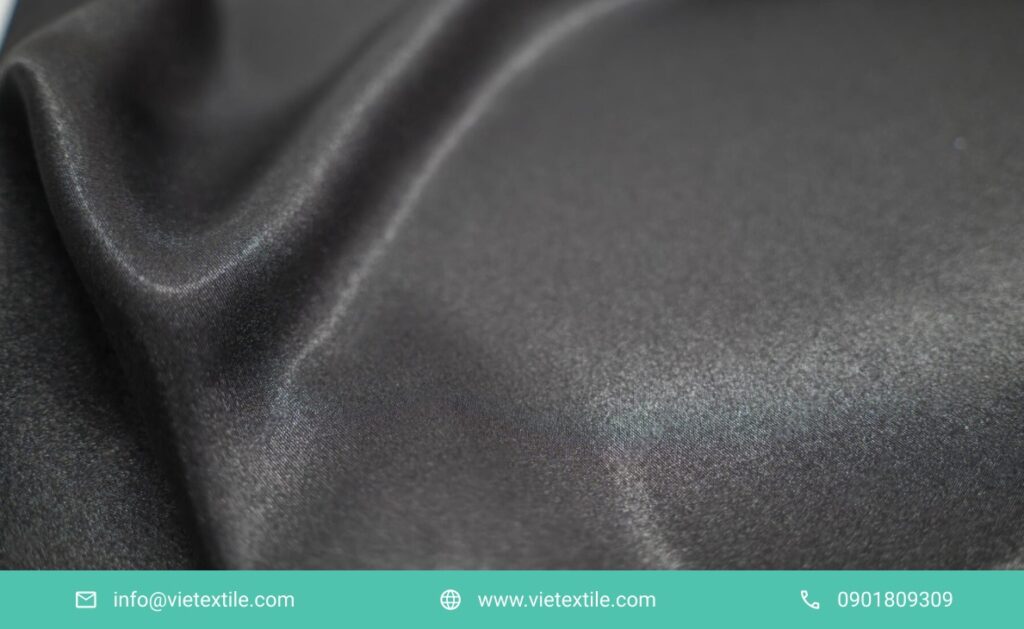
1.1. Mechanism of Action
The microscopic silver particles (nanoscale) have the ability to break down the cell membranes of bacteria, preventing them from multiplying and growing. At the same time, nano silver also inhibits bacterial enzymes, disrupting their vital functions.
1.2. Outstanding Advantages
What is antibacterial fabric if not a fabric that can kill up to 99% of bacteria in a short time? This is an outstanding advantage that makes nano silver fabric the top choice in healthcare settings and crowded places.
Besides its rapid antibacterial ability, what is antibacterial fabric also judged by is the durability of its effectiveness. Nano silver technology helps the fabric retain its superior antibacterial properties through many washes without needing re-treatment.
Finally, what is antibacterial fabric if it doesn’t ensure skin safety? Fabric treated with nano silver is generally non-irritating and safe for both children and people with sensitive skin.
1.3. Practical Applications
Nano silver fabric is widely used in: What is antibacterial fabric when applied in medical masks and hospital scrubs? It is a solution that helps limit the spread of bacteria in healthcare environments, providing an optimal layer of protection for doctors, nurses, and patients.
What is antibacterial fabric for sports and fashion? With its ability to control odor and inhibit harmful bacteria, this type of fabric is especially suitable for making sportswear, underwear, and socks – products that have a lot of contact with sweat and microorganisms.
What is antibacterial fabric in living and working spaces? When used for protective clothing or upholstery like curtains and sofas, antibacterial fabric helps prevent the growth of mold, keeping the space clean and safe.
2. Natural Extracts – Gentle and Eco-friendly
What is antibacterial fabric when treated with natural extracts? This is a line of fabric that uses antibacterial compounds from plants like cinnamon, green tea, and mint to create a natural antibacterial effect, suitable for people with sensitive skin and those who prefer a green lifestyle.
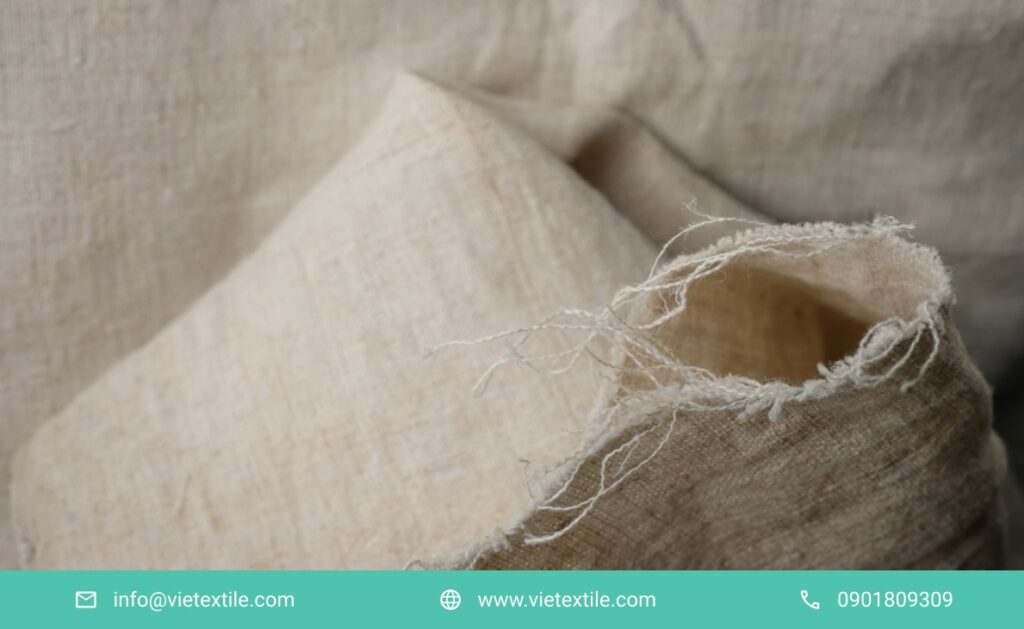
2.1. Antibacterial Properties from Natural Plants
Many plants like cinnamon, green tea, mint, and lemongrass have natural antibacterial properties. These compounds are extracted and infused into the fabric fibers to create an antibacterial effect.
2.2. Advantages
What is antibacterial fabric when natural extracts are applied? It is a line of fabric that does not contain harmful chemicals, ensuring safety for the user’s health, especially for children and the elderly.
What is antibacterial fabric if it doesn’t provide a gentle feel for sensitive skin? Thanks to its plant-based origin, natural extract fabric minimizes irritation, providing a comfortable experience.
What is antibacterial fabric in the trend of sustainable consumption? This is an eco-friendly fabric that is easily biodegradable, contributing to the reduction of textile waste and protecting the ecosystem.
2.3. Limitations
What is antibacterial fabric if it doesn’t provide lasting effectiveness? Compared to nano silver technology, natural extracts have a lower antibacterial capacity and are only suitable for environments with less bacterial exposure.
What is antibacterial fabric in practical daily use? Fabric treated with natural extracts often loses its effectiveness after a few washes, as the natural compounds are quickly washed away. This means the product needs to be replaced or re-treated more frequently to maintain its antibacterial effect.
2.4. Applications
What is antibacterial fabric when applied in products for children? This is an ideal choice for making clothes, bed linens, and blankets due to its gentleness and safety for sensitive skin, minimizing the potential for irritation or bacterial growth.
What is antibacterial fabric in fashion and interior design? When treated with natural extracts, this type of fabric provides a pleasant feel while helping products like fashion masks or decorative interior fabrics stay clean, odor-free, and colorfast over time.
3. Enzyme Technology – Optimizing Biological Efficiency
What is antibacterial fabric when treated with enzymes? This is a line of fabric that uses biological enzymes to break down the bacterial membrane, preventing them from adhering to the fabric fibers. This technology is both effective and maintains a soft, comfortable feel when worn.
Enzymes are biological catalysts produced from microorganisms or plants. When treating fabric, enzymes help break down the bacterial cell membrane or prevent microorganisms from attaching to the fabric fibers.
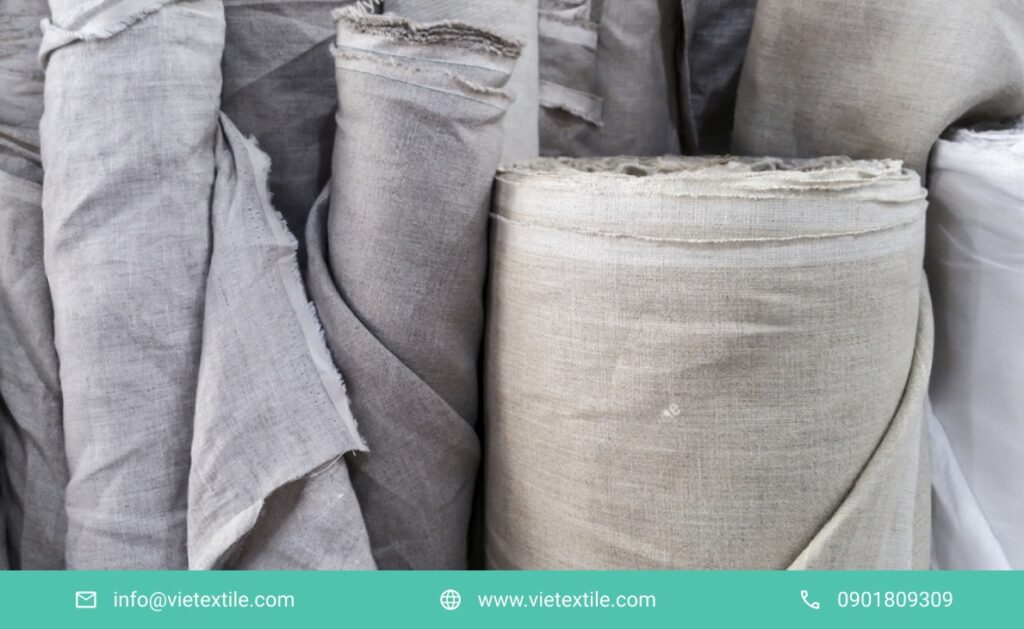
3.1. Advantages
What is antibacterial fabric when treated with enzymes? It is a type of fabric where the treatment process can be integrated directly into industrial washing, saving time and costs for manufacturers while still ensuring antibacterial effectiveness.
What is antibacterial fabric if it doesn’t provide a soft feel? Enzyme technology helps increase the smoothness and softness of the fabric fibers, making the product more comfortable to wear, especially for people with sensitive skin.
What is antibacterial fabric if it changes the user’s perception? With enzymes, the fabric fiber structure is preserved, causing no stiffness or strange odors after treatment, thereby maintaining a comfortable feel when worn.
3.2. Applications
What is antibacterial fabric when used in industrial products? In environments that require high hygiene standards such as offices, hotels, and factories, antibacterial upholstery and industrial fabrics help limit the growth of microorganisms, prevent odors, and extend the lifespan of the interior.
What is antibacterial fabric in personal healthcare? With its natural antibacterial ability that does not cause irritation, this type of fabric is an ideal choice for newborn clothing and for the elderly – individuals with sensitive skin and weak immune systems.
4. Conclusion
What is antibacterial fabric? It’s not just a regular fabric, but a health-protective solution for the new era. Depending on the intended use, you can choose the appropriate treatment technology: durable nano silver, safe natural extracts, or gentle biological enzymes.
What is antibacterial fabric? – It’s not just a trend, but an essential solution for modern life. From powerful nano silver, safe natural extracts, to refined biological enzymes – each treatment technology has its own role, suitable for different usage needs.
If you are looking for a reliable supplier of standard antibacterial fabric, do not hesitate to contact VieTextile for consultation and support.
5. References & Contact
- Application of Imported Antibacterial Fabrics from Japan, Korea, and the US
- Learn About Permanent Antibacterial Fabric
- Why Cotton Antibacterial Fabric Has Become a New Consumer Trend?
- NCBI – Antibacterial textiles: a review of potential technologies
Call now for a free consultation to choose the right antibacterial fabric for your industry needs, ensuring quality, safety, and effectiveness.
- Website: https://vietextile.com
- Email: info@vietextile.com
- Hotline: 0901 809 309

